Table of Contents
Fundamental Differences between N-Type and P-Type Solar Cells
A standard crystalline silicon (c-Si) solar cell is a silicon wafer that has been doped with various chemicals to promote power output. The fundamental distinction between P-type and N-type solar cells is the number of electrons. A P-type cell often dopes its silicon wafer with boron, which has one fewer electron than silicon (forming the cell positively charged). An N-type cell is doped with phosphorus, which contains one extra electron than silicon (making the cell negatively charged).
What are N-type and P-type Solar Panels?
N-type Solar Cells
N-type solar cells utilize N-type silicon wafers as their raw material and are manufactured using various techniques, including TOPCon (Tunnel Oxide Passivated Contact), HJT (Heterojunction with Intrinsic Thin layer), PERT/PERL (Passivated Emitter Rear Totally Diffused/Passivated Emitter Rear Locally Diffused), IBC (Interdigitated Back Contact), and so on. The bulk c-si region of an N-type solar panel is negatively charged due to phosphorus doping of the wafer. Its top emitter layer is negatively charged due to boron doping.
P-type Solar Cells
P-type solar cells use P-type silicon wafers as their raw material and are primarily manufactured using traditional Al-BSF (Aluminum Back Surface Field) technology and PERC (Passivated Emitter Rear Contact) technology. P-type solar panels have a prominent bulk c-si area that is negatively charged due to boron doping. Its top emitter layer is positively charged due to phosphorus doping. PERC is more commonly used in the marketplace.
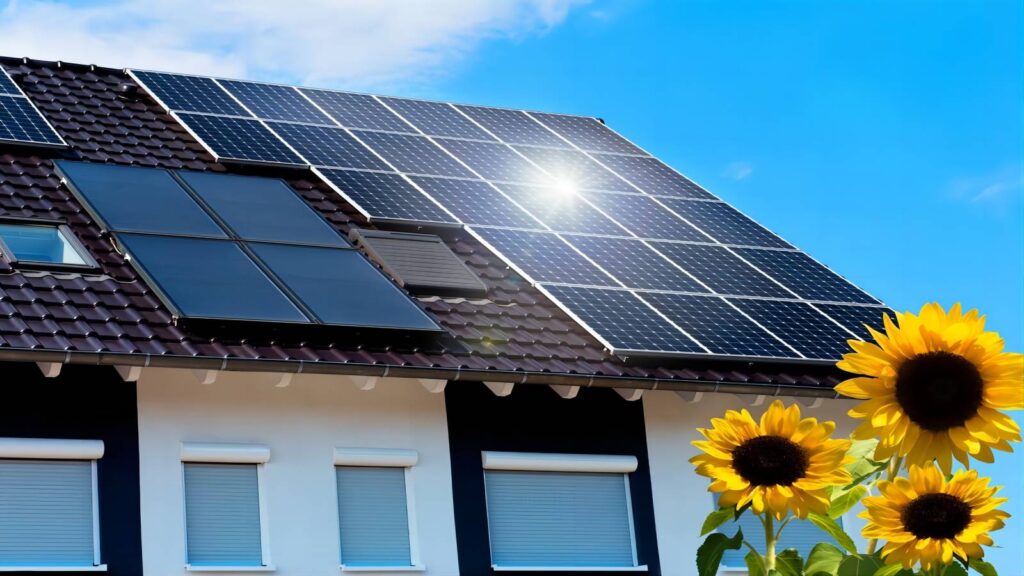
Advantages and disadvantages of N-type solar cells
Overall, N-type cells have the following advantages and disadvantages, which are described in more detail below.
Advantages:
1.Not subject to light-Induced degradation
2.Long life expectancy
3.Greater conversion efficiency than P-type cells
Disadvantages:
1.More costly
2.Small market share
Advantages and disadvantages of P-type solar cells
To briefly summarise, P-type cells have the following advantages and disadvantages, which are described in more detail below.
Advantages:
1.Lower costs
2.Widely available
3.High immunity to radiation
Disadvantages:
1.Suffer from light-induced degradation (LID) defect
2.Not as durable as N-type solar cells
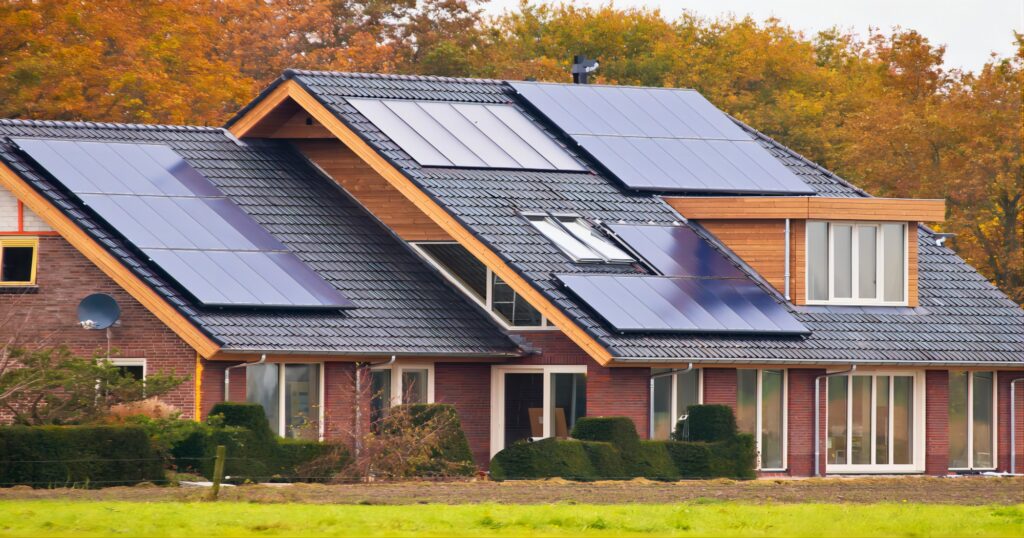
N-type Solar Cells VS. P-type Solar Cells
(1) In terms of bifacial rate, N-type solar cells have a higher bifacial rate than P-type solar cells. The PERC (P-Type) cell has a bifacial rate of 75%, TOPCon (N-Type) has a bifacial rate of 85%, and HJT (N-Type) has a bifacial rate of approximately 95%. The higher the bifacial rate, the greater the power generation gain on the rear of the module, particularly in PV power stations with high surface reflectivity.
(2) In terms of temperature coefficient, PERC cells have one of the lowest at -0.37%/°C, TOPCon cells have one of the highest at -0.29%/°C, and HJT cells have one of the lowest at -0.24%/°C. N-type cells have a lower temperature coefficient than P-type cells, therefore they are less influenced by high temperatures, resulting in greater power generation performance and suitability for places with superior irradiation conditions.
(3) In terms of attenuation, N-type silicon wafers are phosphorus-doped and have a very low boron content, so the light degradation (LID) generated by boron and oxygen pairs is practically non-existent. The PERC module exhibits 2%-2.5% attenuation in the first year and 0.45%-0.55% attenuation year by year, the TOPCon module exhibits 1% attenuation in the first year and 0.40% attenuation year by year, and the HJT module exhibits 1% attenuation in the first year and 0.25% attenuation year by year. In the case of the same comprehensive output power, the entire life cycle power generation of an N-type module is more than that of a PERC module, and the premium space is larger.
(4) In terms of power generation efficiency, N-type cells have a longer oligomer life than P-type cells, which can significantly improve the battery’s open-circuit voltage and lead to higher battery conversion efficiency. Boron, which is used in P-type cells, performs well enough but has significant drawbacks. For one reason, it causes Light Induced Degradation (LID), which affects the effectiveness of solar panels by roughly 1.5% after their first few days in the sun. This LID effect is not a scam. It is factored into the wattage of the panels. However, it reduces efficiency and is one of the reasons why people are frequently overly hopeful about how much electricity their new solar systems would create. N-type solar panels can reach efficiency levels of up to 25.7 % as compared to 23.6% of P-type panels. High conversion efficiency can boost power generation per unit area while lowering PV power generation manufacturing costs.
(5)In terms of low-light effect, N-type batteries have a better spectral response under low-light conditions, a longer effective working time, and can generate electricity in low-irradiation intensity time periods such as morning and evening, cloudy and rainy days, with better economy than P-type batteries.
(6)In terms of cost, the price of solar cells has recently fallen, with P-type cells costing about 0.081 euros/W and N-type cells costing about 0.088 euros/W. P-type solar cells have a price advantage over N-type solar cells. This is because P-type solar panels have been around for much longer, and there is more manufacturing technology available to create these P-type solar panels at a lower cost than N-type solar panels.
(7)When comparing overall lifespan, n-type solar panels do have a longer lifespan than p-type solar panels due to their construction. N-type Si (silicon) solar cell materials have extremely low boron content, and the light-induced degradation effects caused by boron-oxygen pairs can be largely disregarded. Consequently, N-type Si solar cells possess a longer minority carrier lifetime compared to P-type Si solar cells. These advantages result in N-type Si solar cells having a longer lifespan and higher efficiency.
(8)Although the first solar cell invented by Bell Labs in 1954 was N-type, the P-type structure became more dominant due to demand for solar technologies in space. P-type cells proved to be more resistant to space radiation and degradation.
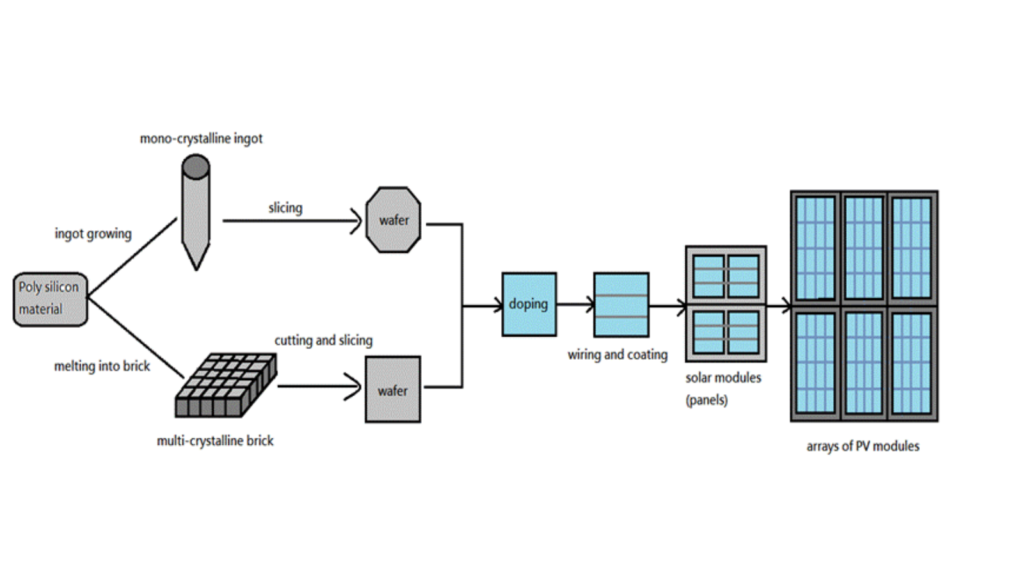
Applications of N-type Solar Cells and P-type Solar Cells
Prior to 2016, the market share of aluminium back-site field (BSF) cell technology as the first generation of PV cell technology was greater than 90%. Beginning in 2016, PERC cells began to take off, and by 19 had eclipsed BSF technology to become the second generation of mainstream PV cell technology, with a market share of up to 65%.
PERC cells are emitter and backside passivation cell technology that uses passivation film to passivate the backside, strengthening the internal back reflection of light in the silicon base, lowering the backside compound rate, and increasing cell efficiency. At the moment, PERC battery technology is more mature and cost-effective, but mass production efficiency has reached 23.2%, gradually approaching the theoretical limit efficiency of 24.5% or so, the efficiency of the narrow space for upward mobility, and P-type batteries due to boron oxygen-rich light attenuation phenomenon cannot be completely resolved, the manufacturer will be faced with the investment of the marginal benefit rate of the diminishing rate of the effect of the development of the P-type batteries is very limited space.
As the market demand for battery conversion efficiency grows, photovoltaic manufacturers began to create a higher conversion efficiency limit of the next generation of battery technology – N-type high-efficiency batteries. N-type batteries to TOPCon, HJT, IBC as a representative of the high-efficiency conversion, anti-degradation, low temperature coefficient, double-sided rate of high advantages, which is conducive to improving photovoltaic power generation gain, lowering the cost of electricity, and lowering the cost of electricity. It is conducive to increasing PV power generation gain and lowering power generation costs, and it has a broad development promise, but it is still in the early stages of industrialization due to high investment costs.
According to the China Photovoltaic Industry Association, the new production line in 2022 was still dominated by PERC cell production lines. However, in the second half of the year, a portion of the N-type cell production capacity was released, and the market share of P-type cells was reduced to 87.5%, while the market share of N-type cells gradually increased to 9.1%. As the advantages of N-type cells became more widely recognized, they became increasingly popular and were used by more people. Therefore, the application of N-type cells was expected to surpass that of P-type cells in the near future.
According to the International Technology Roadmap for Photovoltaics (ITRPV), P-type mono-c-Si will control roughly 30% of the market until 2028, while N-type mono-c-Si will climb to about 28% from barely 5% in 2017. This corresponds to industry desire for additional high-efficiency modules, thus solar customers may expect to see more N-type designs on the market.
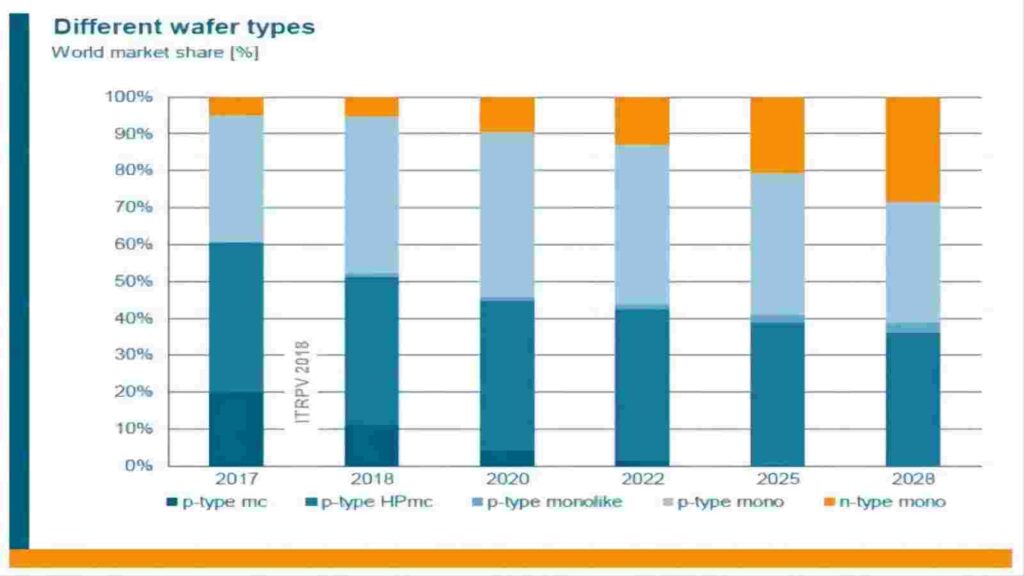
N-Type or P-Type Solar Panel, Which One Should We Choose?
When selecting components for your new solar energy system, you must first decide whether N-type or P-type solar panels are appropriate for you. When deciding between P-type and N-type solar panels, consider your budget, energy requirements, and available installation space.
When it comes to the simple cost of installation, N-type solar panels will be more expensive than P-type panels. When it comes to energy needs, N-type solar panels will be able to produce more energy than P-type panels due to their greater efficiency level.
The quantity of available space for installing the panels will have a significant impact on the type you select. If you don’t have a lot of room but have a lot of energy needs, you should choose the N-type solar panel, which will perform at a greater efficiency level.
If you have a bigger installation space available and are more worried about your price, you may choose to opt with P-type solar panels, which are slightly less efficient but more cheap for the ordinary homeowner.
Maysun Solar has been specialising in producing high quality photovoltaic modules since 2008. Choose from our wide variety of full black, black frame, silver, and glass-glass solar panels that utilise half-cut, MBB, IBC, and Shingled technologies. These panels offer superior performance and stylish designs that seamlessly blend in with any building. Maysun Solar successfully established offices, warehouses, and long-term relationships with excellent installers in numerous countries! Please contact us for the latest module quotations or any PV-related inquiries. We are excited to assist you.
Reference:
N ͅ P Ҫ – OFWeek . (n.d.). https://solar.ofweek.com/2023-03/ART-260001-11000-30589962.html
Brakels, R. (2017). P-Type And N-Type Solar Cells’ Excellent Electron Adventure. Solar Quotes Blog. https://www.solarquotes.com.au/blog/p-type-and-n-type-solar-cells-excellent-electron-adventure/
Chint. (2023, July 20). N-Type VS. P-Type Solar Panels: Which one should you choose? CHINT. https://chintglobal.com/blog/n-type-vs-p-type-solar-panels/
N غ P ص – OFWeek . (n.d.). https://solar.ofweek.com/2023-03/ART-260006-11000-30589634.html
Pickerel, K. (2018, December 20). The difference between n-type and p-type solar cells. Solar Power World. https://www.solarpowerworldonline.com/2018/07/the-difference-between-n-type-and-p-type-solar-cells/
Renewables, G. (2021). Solar Cell Efficiency: N-type v. P-type. Greentech Renewables. https://www.greentechrenewables.com/article/solar-cell-efficiency-n-type-v-p-type
Shanghai Kinmachi New Material Technology Co. (n.d.). A Brief Overview of PV Cell Technology Iteration – From PERC to TOPCon. Zhihu column.
https://zhuanlan.zhihu.com/p/486612755
Akcome Classroom | The difference between P-type and N-type solar cells, do you know? Akcome News_Media Centre_Zhejiang Akcome New Energy Technology Co. (n.d.). https://www.akcome.com/news_list/589.html.

New Photovoltaic news you should know about (March 2024)
Table of Contents REC Unveils a 430 W Heterojunction Solar Module Boasting 22.2% Efficiency REC, a Singapore-based PV module manufacturer, introduces its residential solar modules featuring Alpha heterojunction cell technology. Production has commenced at REC’s Industry 4.0 fab in Singapore, with initial shipments

IBC Solar Modules vs. Bifacial Glass-Glass Solar Modules: Which Is More Suitable for Winter or Low-Light Conditions?
Table of Contents Introduction As the demand for renewable energy continues to surge, advancements in solar technology have broadened the spectrum of component choices available to us. Among these, IBC (Interdigitated Back Contact) full black solar modules have garnered special attention due to

Why Are Lightweight Bifacial Solar Panels the Best Choice for Balcony Solar Power Plants?
Table of Contents In the quest for efficient and eco-friendly home energy solutions, solar photovoltaic technology has emerged as a key player due to its sustainability and clean energy benefits. Particularly in the space-constrained urban settings, the effective conversion of every inch of

Questions You Might Ask About Balcony Solar Power Plants in 2024
Table of Contents What is a Balcony Solar Power Plant? Similar to a traditional photovoltaic panel, a Balcony Solar Power Plant is a device designed to generate electricity from solar energy. This green energy generator is specifically tailored for self-consumption, but it comes with

A Step-by-Step DTU Guide for Balcony Solar Power Plants
As renewable energy becomes increasingly integral in our daily lives, Maysun Solar’s Balcony Solar Power Station, with its advanced technology and user-friendly design, represents a transformative approach to home solar solutions. The integration of a Data Transfer Unit (DTU) enhances its smart functionality

What Are The Main Components of Solar Panels?
What are the main components of solar panel? Solar panels, the cornerstone of solar energy technology, are composed of several integral parts, each contributing to their ability to harness sunlight and convert it into electrical energy. In this article, we will explore the essential

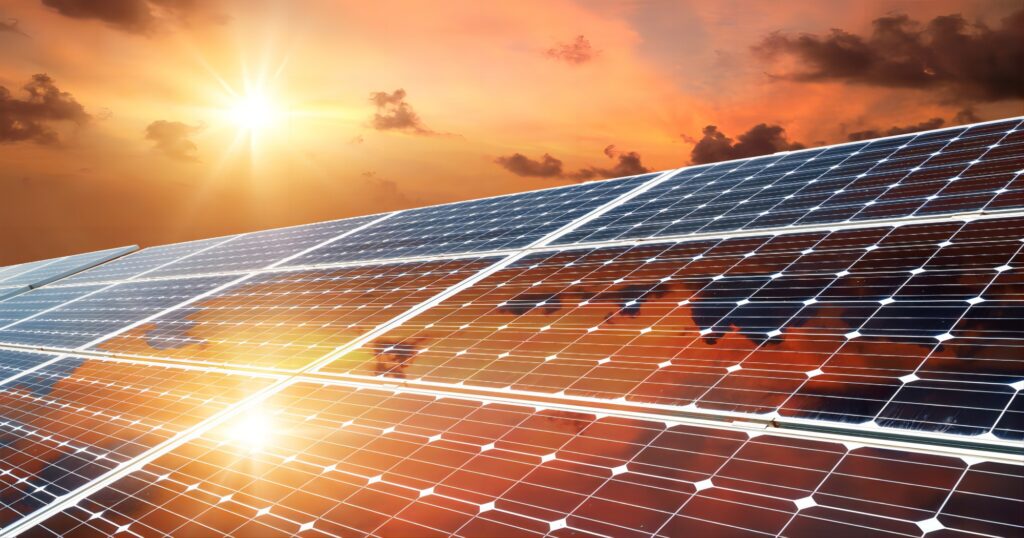
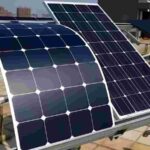
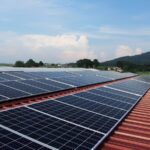
Pingback: Maintain Solar PhotovoltaicSystem: Understanding Solar Panel Life Expectations - Professional Distributed PV Module Manufacturer